The Sacred Art of Kimono in Noh Theater: Unveiling Kyoto’s Ancient Visual Language
Discover the profound symbolism and cultural significance of traditional kimonos in Japan’s most revered theatrical art form
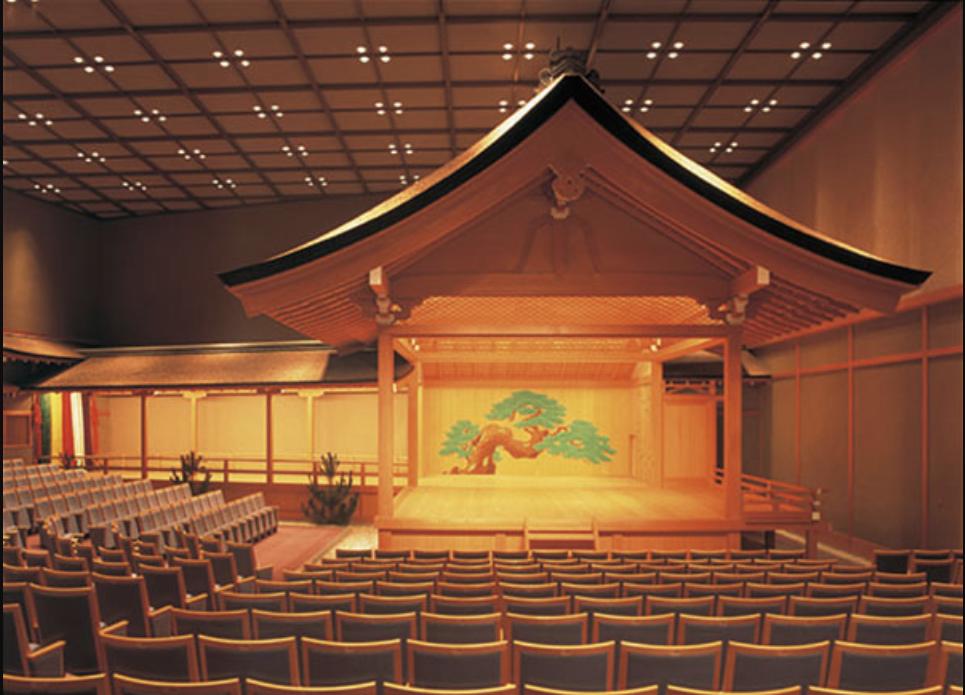
- Introduction: Where Ancient Tradition Meets Artistic Expression
- The Historical Foundation: Noh Theater’s Origins in Kyoto
- Understanding Kimono Categories in Noh Theater
- The Language of Visual Symbolism
- Regional Variations and Kyoto’s Unique Contribution
- The Performance Context: How Movement Enhances Symbolism
- Contemporary Preservation and Innovation
- Symbolism in Specific Character Types
- Regional Textile Traditions and Noh Costume
- The Spiritual Dimension of Noh Kimono
- Photography and Visual Documentation
- Contemporary Relevance and Cultural Transmission
- Conclusion: The Eternal Dance of Tradition and Innovation
Introduction: Where Ancient Tradition Meets Artistic Expression
In the heart of Kyoto, where centuries-old temples cast shadows over cobblestone streets, lies one of Japan’s most treasured cultural inheritances: Noh theater. This classical form of musical drama, recognized by UNESCO as a Masterpiece of Oral and Intangible Heritage of Humanity, represents far more than mere entertainment. At its core, Noh theater serves as a living museum of Japanese aesthetics, philosophy, and spiritual beliefs.
Central to this artistic tradition is the kimono – not merely a costume, but a sophisticated language of visual symbols that communicates character, emotion, social status, and spiritual meaning to audiences. The relationship between kimono and Noh theater in Kyoto represents one of the most profound examples of how clothing transcends its functional purpose to become high art.
For photography enthusiasts visiting Kyoto who wish to capture the essence of this cultural phenomenon, understanding the symbolism behind Noh kimonos enhances both appreciation and artistic documentation. Professional photography services in Kyoto can help preserve these magnificent cultural moments with the expertise they deserve.
The Historical Foundation: Noh Theater’s Origins in Kyoto
Ancient Roots and Imperial Patronage
Noh theater emerged in the 14th century during Japan’s Muromachi period, with Kyoto serving as its cultural epicenter. The art form developed under the patronage of the Ashikaga shogunate, who recognized its potential as both entertainment and spiritual practice. Unlike other theatrical forms, Noh was designed to transcend ordinary human experience, connecting performers and audiences with the supernatural realm.
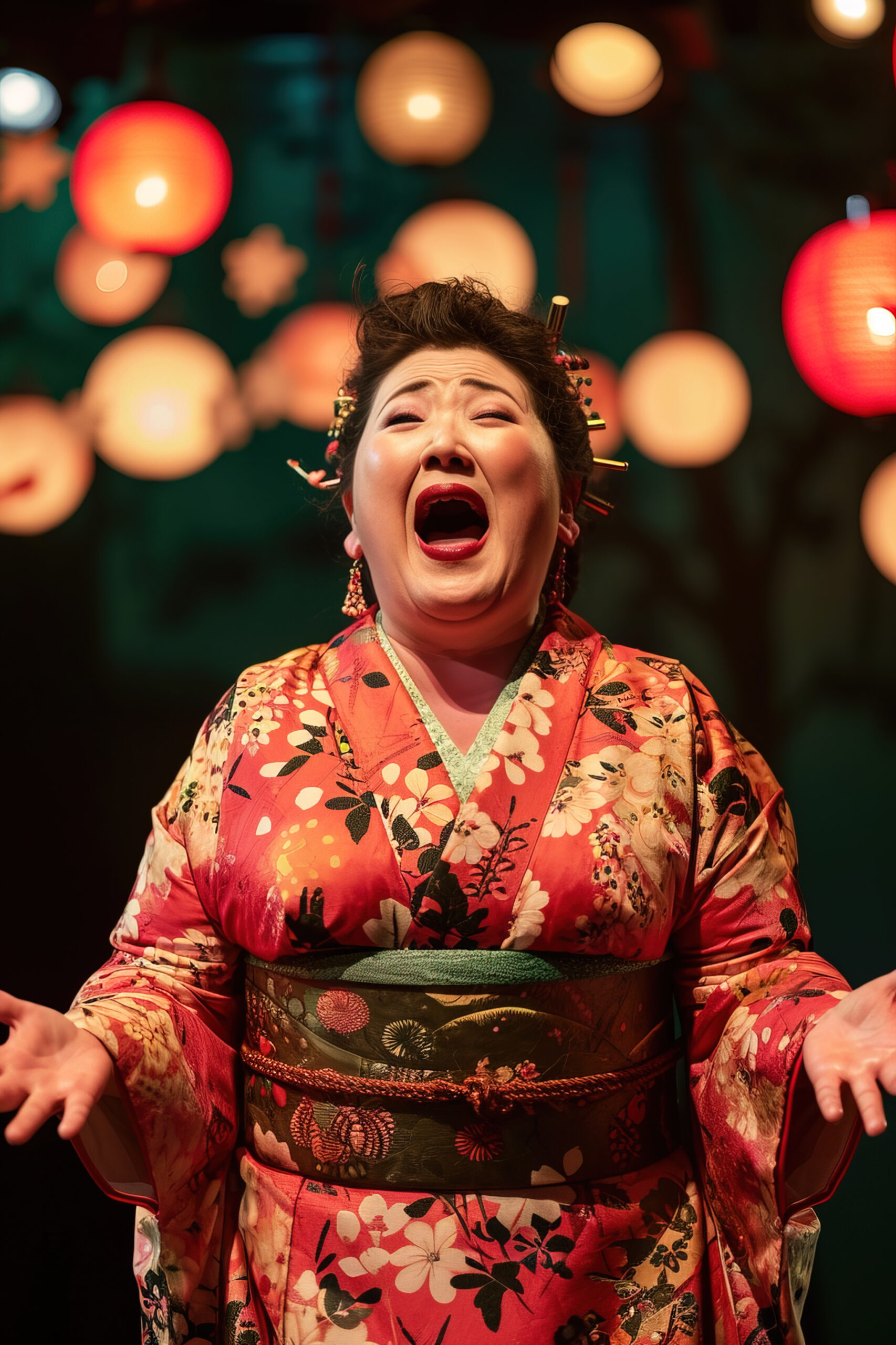
The aesthetic philosophy underlying Noh theater draws heavily from Zen Buddhism, which emphasizes simplicity, subtlety, and the profound beauty found in restraint. This philosophical foundation directly influenced kimono design for Noh performances, creating garments that balance visual magnificence with spiritual depth.
The Evolution of Noh Kimono Design
Throughout its 600-year history, Noh kimono design has evolved while maintaining core symbolic elements. Early Noh costumes were often repurposed court garments or religious vestments, lending authenticity and gravitas to performances. Over time, specialized artisans in Kyoto developed unique techniques for creating kimonos specifically designed for the Noh stage.
The craftsmanship involved in creating authentic Noh kimonos represents generations of accumulated knowledge. Master weavers, dyers, and embroiderers work together to produce garments that must be both visually stunning from a distance and rich in symbolic detail upon close examination.
Understanding Kimono Categories in Noh Theater
Karaori: The Pinnacle of Feminine Elegance
The karaori represents the most elaborate category of Noh kimono, traditionally worn by female characters or young men portraying women. These magnificent garments feature intricate brocade patterns woven with silk and metallic threads, creating surfaces that shimmer and change under stage lighting.
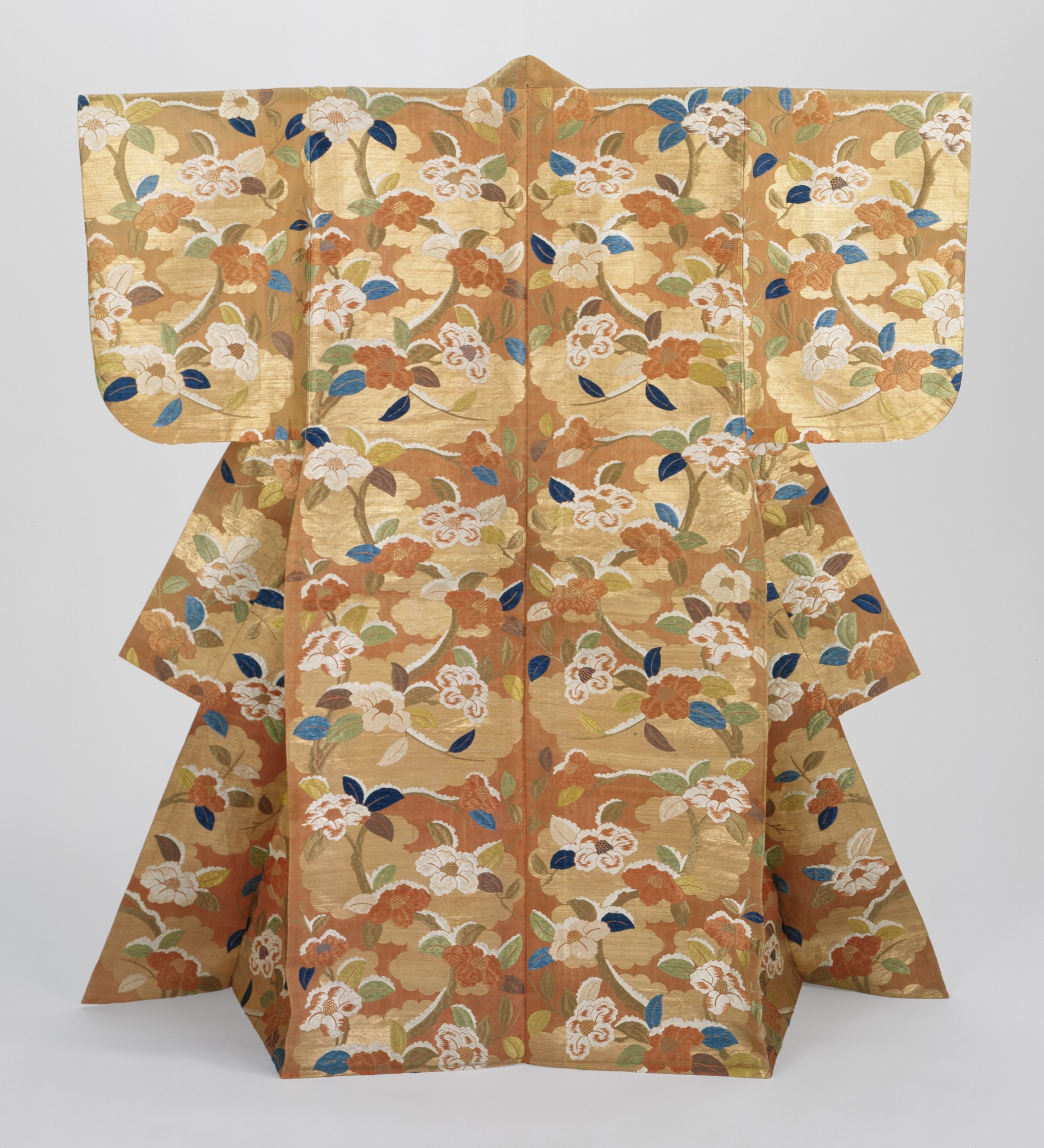
Karaori kimonos often incorporate seasonal motifs that immediately communicate temporal setting to the audience. Cherry blossoms indicate spring performances, while chrysanthemums suggest autumn scenes. The positioning and density of these motifs further convey the character’s emotional state and social position.
The color palette of karaori holds deep significance. Deep purples and crimsons traditionally indicate high-ranking court ladies or divine feminine figures, while softer pastels suggest younger characters or those of lower social standing. Gold threading throughout the fabric represents spiritual illumination or connection to the divine realm.
Chōken: Warrior’s Dignity and Power
Male characters, particularly warriors and nobles, don the chōken, a more structured kimono that emphasizes masculine strength and dignity. These garments typically feature bold geometric patterns or stylized natural motifs that convey power and determination.
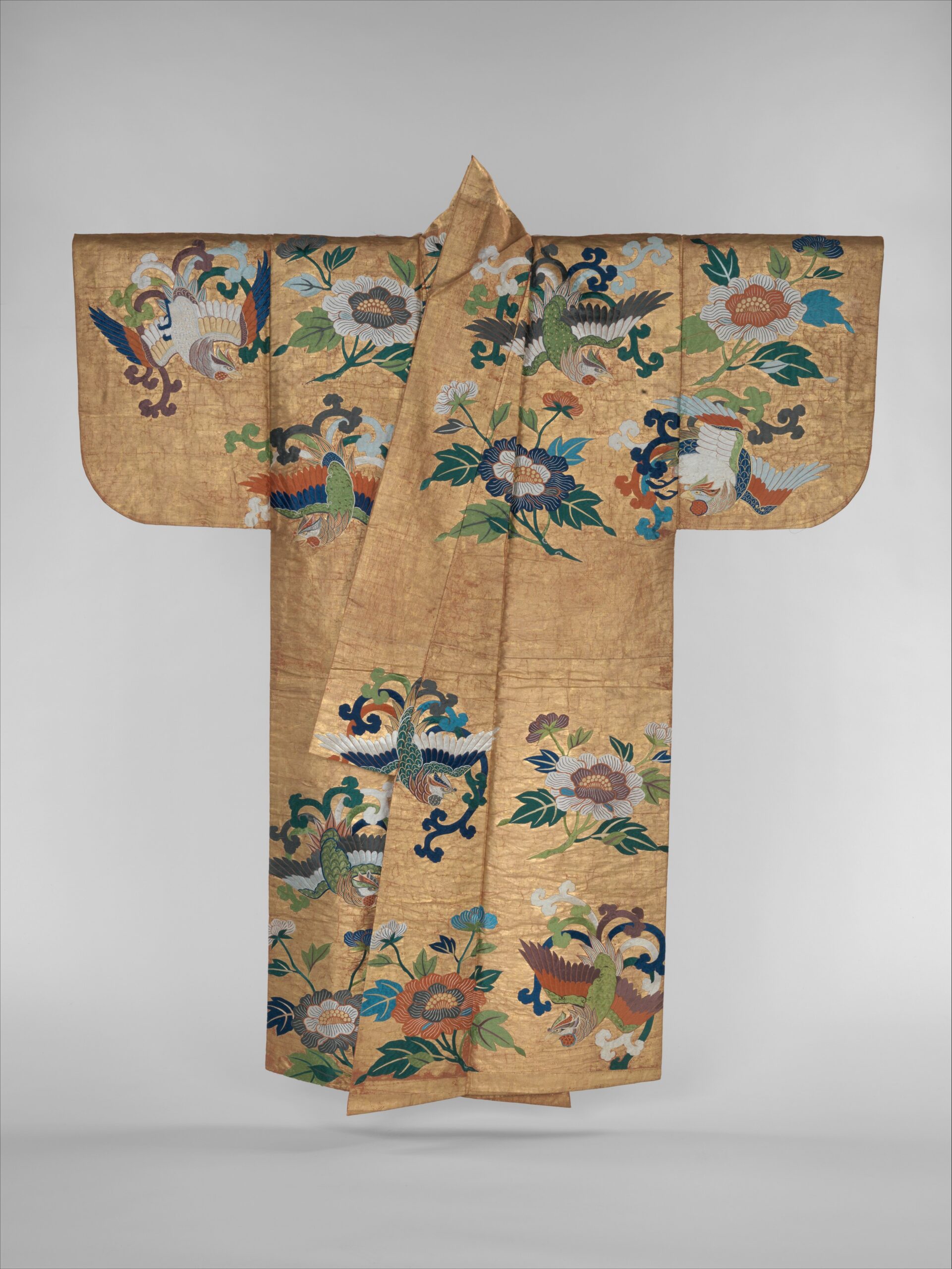
The shoulder construction of chōken differs significantly from civilian kimonos, creating a broader silhouette that enhances the performer’s physical presence on stage. This design consideration reflects the Noh principle that costume should amplify rather than mask the actor’s spiritual energy.
Color symbolism in chōken follows different conventions than feminine garments. Deep blues and blacks represent depth of character and wisdom, while earth tones connect warrior figures to their relationship with the natural world and ancestral spirits.
Mizugoromo: Spiritual Transcendence
Perhaps the most spiritually significant category, mizugoromo are white or near-white robes worn by characters representing priests, spirits, or those who have achieved spiritual enlightenment. The apparent simplicity of these garments masks sophisticated symbolic content.
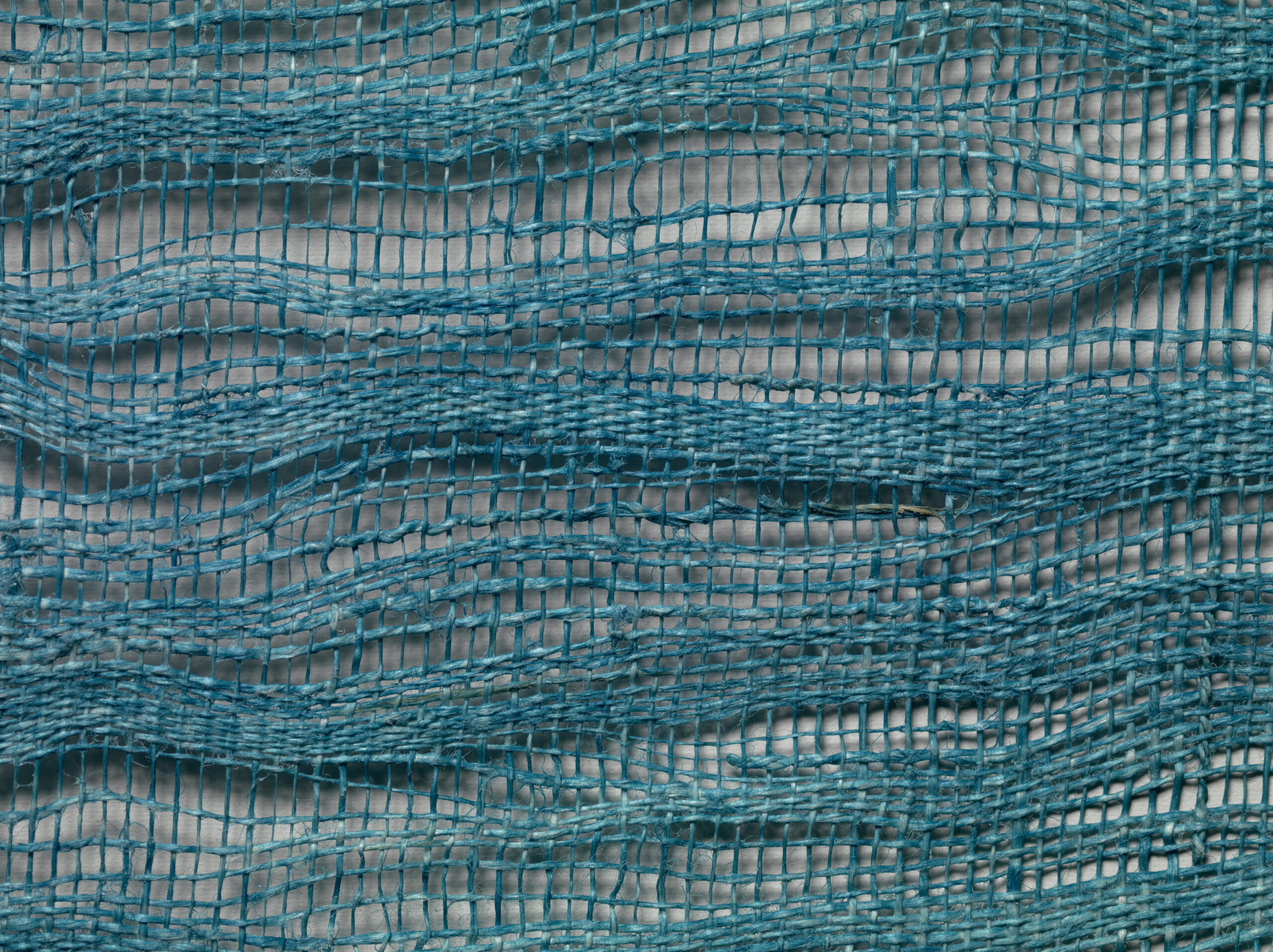
The weaving techniques used in mizugoromo create subtle textural variations that become apparent under stage lighting. These variations represent the complexity hidden within apparent simplicity – a core tenet of Zen aesthetic philosophy.
The Language of Visual Symbolism
Color as Emotional Communication
In Noh theater, color functions as a sophisticated communication system that transcends language barriers. Each hue carries multiple layers of meaning that interact with lighting, movement, and musical accompaniment to create holistic emotional experiences.
Red in various intensities represents passion, life force, and connection to the earthly realm. However, the specific shade and its application determine whether this energy is portrayed as positive vitality or dangerous obsession. Deep crimsons suggest mature passion or divine power, while bright reds might indicate youth or potentially destructive emotions.
White serves as perhaps the most complex color in Noh symbolism. While often associated with purity and spiritual transcendence, white can also represent death, ghosts, or the liminal space between worlds. The context of the performance and accompanying visual elements determine the specific interpretation.
Black traditionally indicates depth, mystery, and connection to the ancestral realm. In Noh performances, black kimonos often signify characters who possess hidden knowledge or supernatural abilities. The interplay between black garments and stage lighting creates dramatic visual effects that enhance the mysterious atmosphere.
Pattern Symbolism and Seasonal Awareness
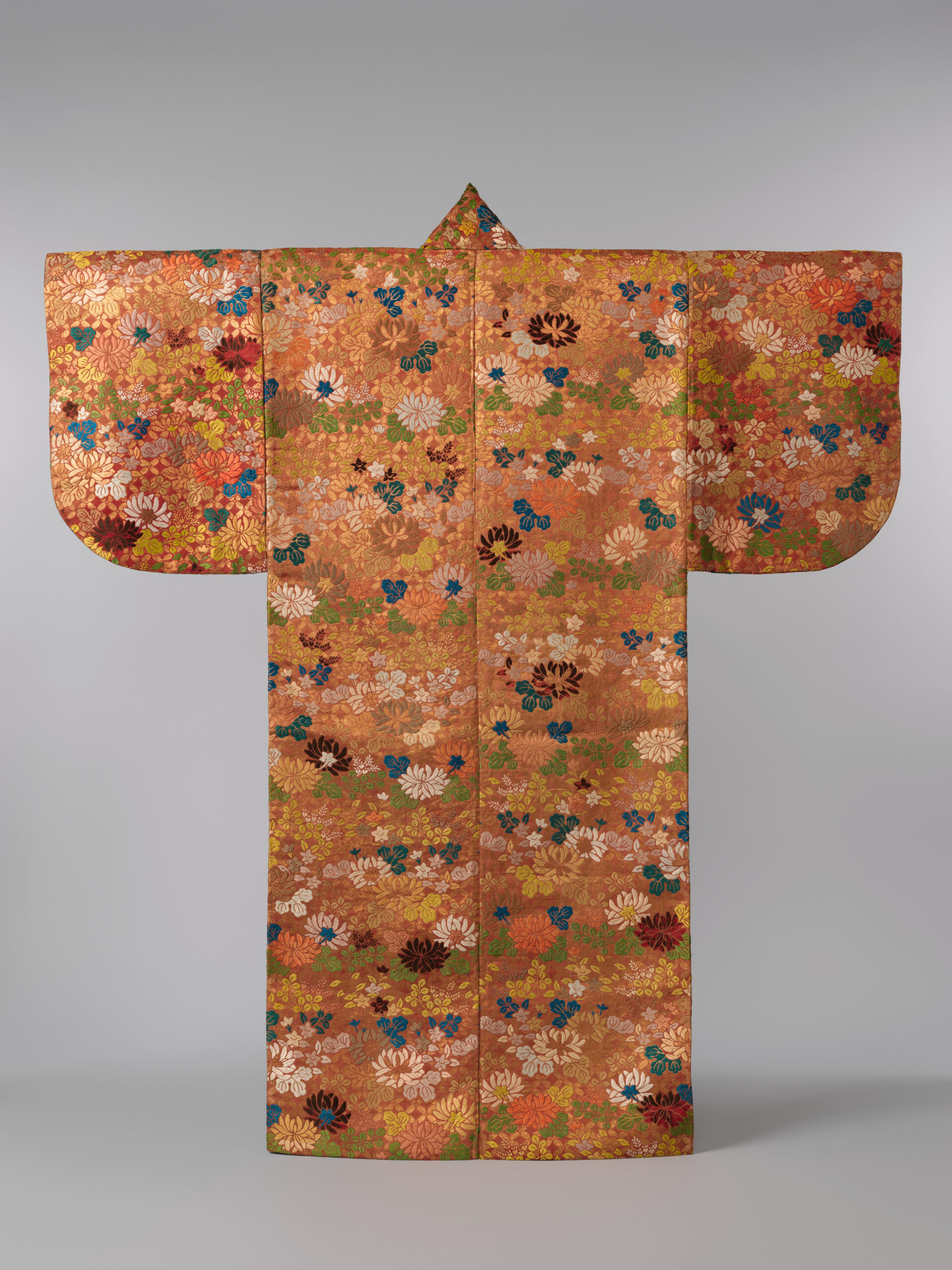
The seasonal consciousness embedded in Noh kimono patterns reflects Japan’s deep cultural connection to natural cycles. This awareness extends beyond mere decoration to encompass philosophical concepts about impermanence, renewal, and humanity’s place within natural systems.
Spring motifs including cherry blossoms, plum blossoms, and young pine shoots communicate themes of renewal, hope, and the transient nature of beauty. These patterns often appear in scenes dealing with youth, new love, or spiritual awakening.
Summer patterns featuring flowing water, cooling fans, or lush vegetation suggest abundance, growth, and the peak of life’s energy. Characters wearing summer-themed kimonos often represent figures at the height of their power or emotional intensity.
Autumn symbolism through maple leaves, chrysanthemums, and harvest imagery conveys maturity, reflection, and the bittersweet beauty of decline. These motifs frequently accompany stories of loss, memory, or the wisdom that comes with age.
Winter elements such as snow, bare branches, and geometric ice patterns represent endurance, purification, and the quiet strength found in solitude. Winter-themed kimonos often appear in performances exploring themes of perseverance or spiritual trial.
Geometric Patterns and Abstract Symbolism
Beyond naturalistic motifs, Noh kimonos incorporate geometric patterns that carry abstract symbolic content. These designs often derive from Buddhist or Shinto religious symbolism, connecting performances to Japan’s spiritual traditions.
Circular motifs represent completeness, eternity, and the cyclical nature of existence. Interlocking circles suggest the interconnectedness of all beings, while broken circles might indicate incomplete spiritual development or interrupted destiny.
Angular patterns including stylized mountains, clouds, or architectural elements ground characters in specific geographical or social contexts. These designs help audiences understand setting and social relationships without explicit verbal exposition.
Regional Variations and Kyoto’s Unique Contribution
Kyoto’s Aesthetic Refinement
As the former imperial capital and center of Japanese cultural development, Kyoto has profoundly influenced Noh kimono design. The city’s aesthetic sensibilities, shaped by centuries of court culture and religious practice, emphasize subtle sophistication over obvious display.
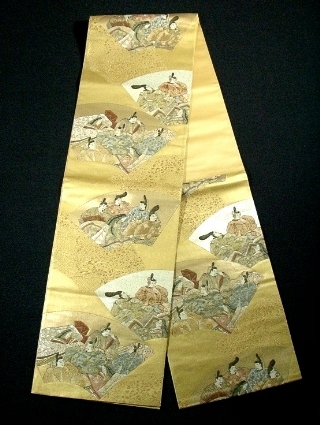
Kyoto-influenced Noh kimonos often feature muted color palettes that rely on textural variation and subtle pattern work rather than bold contrasts. This approach reflects the city’s preference for refined understatement – a quality highly valued in traditional Japanese aesthetics.
The textile techniques developed in Kyoto workshops have set standards for Noh costume production throughout Japan. Master craftsmen in the city have preserved ancient dyeing methods, weaving patterns, and embroidery techniques that might otherwise have been lost to modernization.
Seasonal Festivals and Cultural Integration
Kyoto’s numerous seasonal festivals provide contexts where Noh performances and traditional dress intersect with daily life. During events like the Gion Matsuri or autumn temple celebrations, the visual language of Noh kimonos influences contemporary interpretations of formal dress.
Photography enthusiasts visiting during these festivals can observe how traditional aesthetics continue to influence modern fashion and cultural expression. Professional photography services can help capture these moments where ancient and contemporary aesthetics merge.
The Performance Context: How Movement Enhances Symbolism
The Dance of Fabric and Light
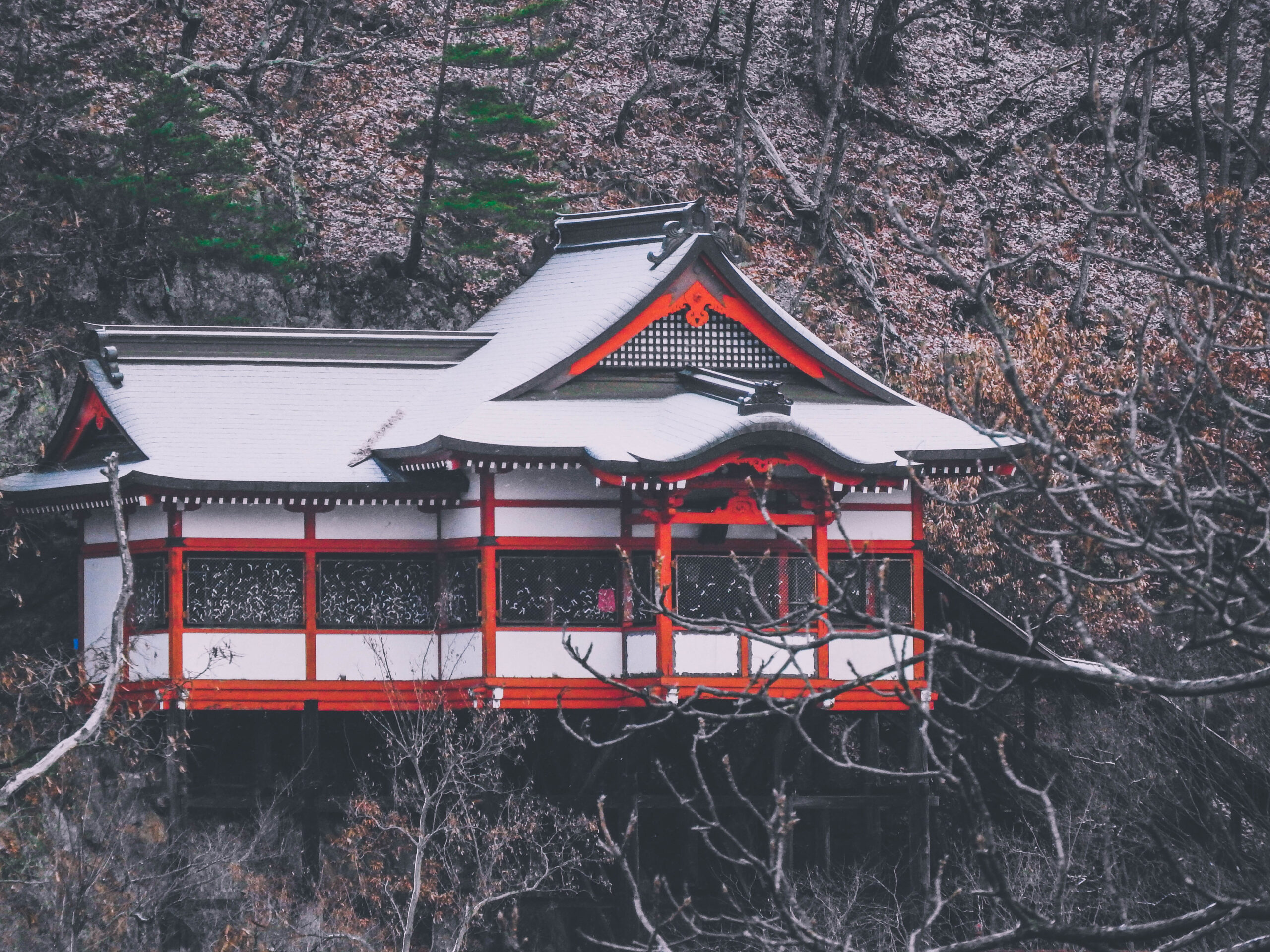
Noh performance spaces, particularly the traditional outdoor stages found in Kyoto temples, create unique interactions between kimono and environment. The interplay of natural light, architectural elements, and flowing fabric produces visual effects that enhance symbolic content.
The kata (prescribed movements) of Noh performance are specifically designed to showcase kimono beauty while advancing narrative content. Slow, deliberate gestures allow fabric to fall in meaningful ways, while sudden movements create dramatic reveals of hidden pattern elements or color contrasts.
Sleeve manipulation represents one of the most sophisticated aspects of Noh movement vocabulary. The way performers handle their voluminous sleeves can indicate emotional state, social relationships, or supernatural transformation. These subtle gestural languages require years of training to master.
Lighting and Atmospheric Effects
Traditional Noh performances often occur during twilight hours, when natural light creates dramatic shadows and highlights. This timing maximizes the visual impact of metallic threads and subtle color variations in kimono fabrics.
Modern Noh productions in Kyoto’s contemporary venues utilize sophisticated lighting design to recreate and enhance these traditional effects. The interplay between artificial illumination and reflective kimono elements creates visual experiences impossible to achieve through costume alone.
Contemporary Preservation and Innovation
Master Craftsmen and Traditional Techniques
Kyoto remains home to several family workshops that have specialized in Noh costume production for multiple generations. These artisans preserve techniques that require decades to master, ensuring continuity of traditional methods while adapting to contemporary needs.
The training process for Noh costume creation involves extensive apprenticeships where students learn not only technical skills but also the cultural and spiritual significance of their work. This holistic approach ensures that new generations understand the deeper meaning behind their craft.
Material sourcing for authentic Noh kimonos requires expertise in selecting appropriate silks, natural dyes, and metallic threads. Many workshops maintain relationships with suppliers who specialize in traditional materials, some of whom trace their businesses back centuries.
Modern Adaptations and Cultural Transmission
Contemporary educational programs in Kyoto work to transmit knowledge about Noh kimono symbolism to new audiences, including international visitors and younger Japanese generations. These initiatives help ensure that cultural knowledge continues to circulate rather than becoming museum artifacts.
Photography projects documenting Noh performances and costumes serve important preservation functions while making this cultural heritage accessible to global audiences. Professional photographers specializing in cultural documentation help bridge traditional and contemporary worlds.
Symbolism in Specific Character Types
Divine and Supernatural Beings
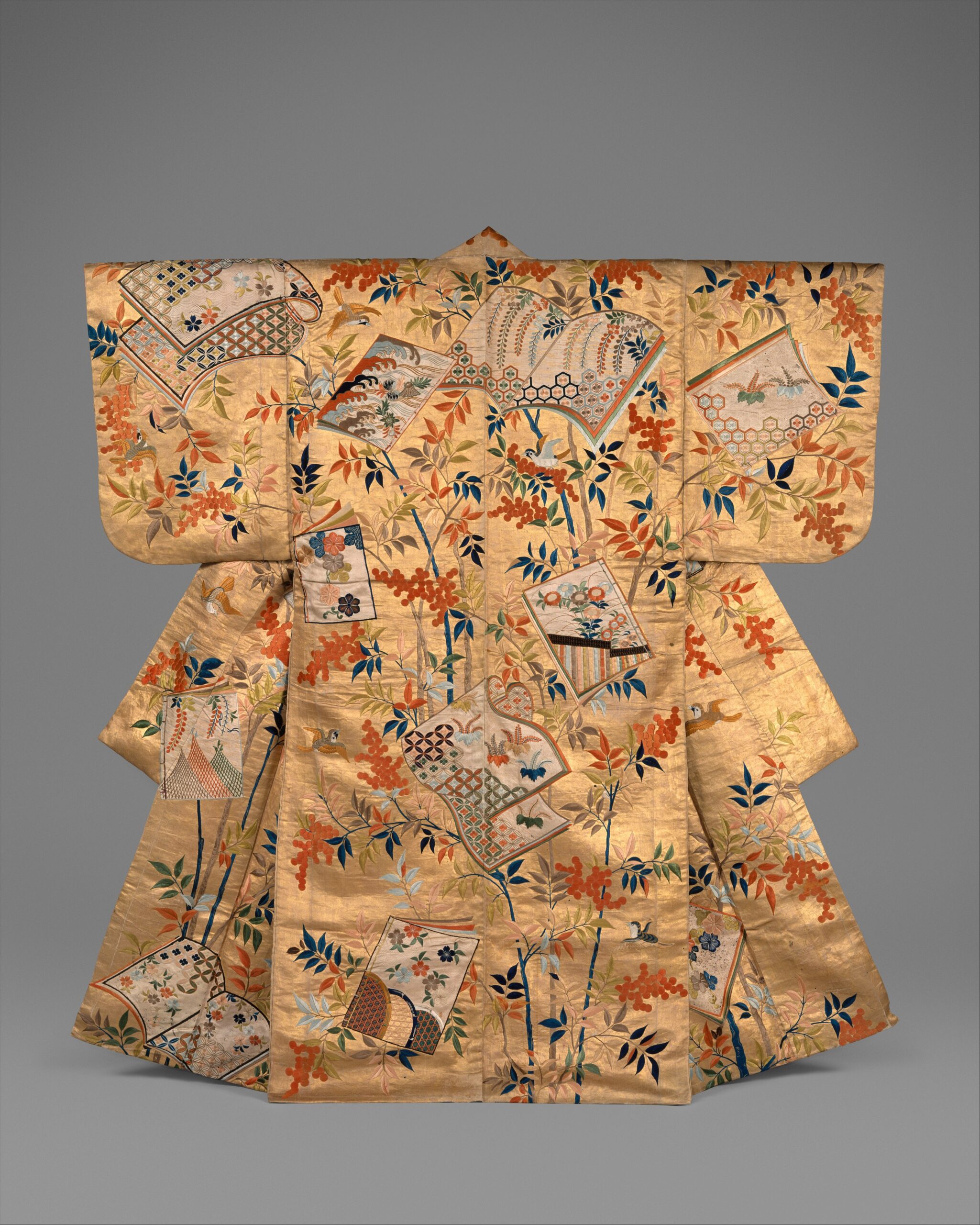
Characters representing kami (Shinto deities) or Buddhist divinities wear kimonos that incorporate specific symbolic elements indicating their supernatural status. These garments often feature patterns that break conventional rules, using color combinations or motif arrangements that would be inappropriate for human characters.
Dragon motifs appear on kimonos worn by characters associated with water, weather, or imperial power. The positioning and style of dragon imagery communicate specific attributes or powers possessed by the character.
Phoenix patterns indicate characters associated with fire, transformation, or imperial authority. The stylization of phoenix imagery follows ancient Chinese and Japanese artistic conventions while adapting to the specific requirements of stage visibility.
Aristocratic and Court Figures
Kimonos representing court nobility feature patterns and color combinations that reflect actual historical court dress regulations. This authenticity helps ground supernatural or legendary narratives in recognizable social contexts.
Seasonal appropriateness becomes particularly important for aristocratic characters, as court culture placed great emphasis on wearing clothing that harmonized with natural cycles. Violations of seasonal dress codes in Noh performances often indicate character flaws or supernatural disturbance.
Common People and Merchants
Even characters representing ordinary citizens wear kimonos with carefully chosen symbolic elements. These garments might appear simpler than aristocratic costumes but contain subtle details that communicate the character’s particular circumstances or spiritual development.
Occupational symbols woven into patterns help audiences understand character backgrounds without explicit exposition. Fishing nets, farming tools, or craft implements rendered in stylized form provide contextual information while maintaining aesthetic sophistication.
Regional Textile Traditions and Noh Costume
Nishijin Weaving Heritage
Kyoto’s Nishijin district has served as Japan’s center for luxury textile production for over 1,000 years. The sophisticated weaving techniques developed in this area directly influence Noh costume construction, creating fabrics of exceptional beauty and durability.
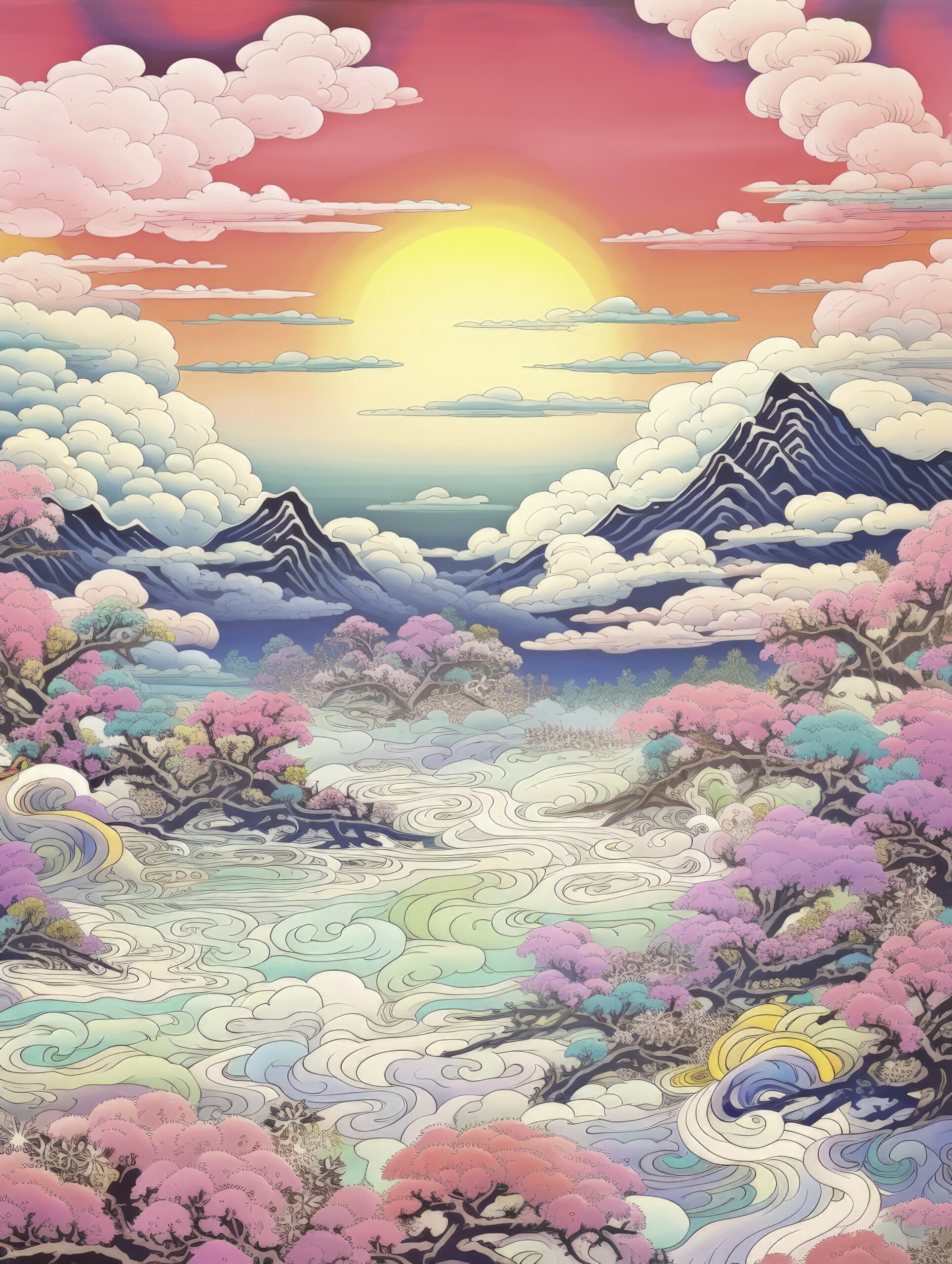
The obi (sash) components of Noh kimonos often showcase Nishijin weaving at its finest, with intricate patterns that require months to complete. These elements serve both functional and aesthetic purposes, securing garments while adding crucial visual elements to character presentations.
Metallic thread integration represents one of Nishijin weaving’s most distinctive contributions to Noh costume design. The technique of incorporating gold and silver threads creates surfaces that respond dynamically to stage lighting while maintaining structural integrity through repeated performances.
Dyeing Traditions and Color Achievement
Traditional natural dyeing techniques preserved in Kyoto workshops produce colors that age gracefully and respond beautifully to stage lighting. These methods require extensive knowledge of plant materials, mordants, and seasonal timing to achieve consistent results.
Resist dyeing methods including shibori create textural effects that enhance visual interest without overwhelming symbolic content. The controlled randomness of these techniques reflects Japanese aesthetic preferences for natural variation within ordered systems.
The Spiritual Dimension of Noh Kimono
Zen Aesthetics and Material Expression
The philosophical foundations of Noh theater draw heavily from Zen Buddhism, which emphasizes the potential for ordinary objects to serve as vehicles for spiritual insight. Noh kimonos embody this principle by functioning simultaneously as practical garments and spiritual artifacts.
Impermanence consciousness permeates Noh kimono design through the use of motifs that reference seasonal change, natural cycles, and the transient nature of beauty. This awareness encourages both performers and audiences to appreciate present moments while acknowledging their temporary nature.
Simplicity within complexity characterizes the most sophisticated Noh kimonos, which achieve maximum visual and symbolic impact through careful restraint rather than obvious display. This approach reflects advanced aesthetic sensibilities that value subtlety and suggestion over literal representation.
Ritual Significance and Sacred Objects
Many Noh kimonos function as ritual objects that connect performances to Japan’s spiritual traditions. The process of donning these garments serves as a form of transformation ritual, helping performers embody the characters they portray.
Blessing ceremonies sometimes accompany the creation or first use of particularly significant Noh costumes, acknowledging their role in transmitting cultural and spiritual values. These practices reflect the understanding that material objects can serve as conduits for non-material experiences.
Photography and Visual Documentation
Capturing Cultural Heritage
Professional photography of Noh performances requires understanding both technical challenges and cultural sensitivities. The low-light conditions and subtle color variations of traditional costumes demand specialized equipment and expertise.
Cultural documentation through photography serves important preservation functions while making this heritage accessible to global audiences. Images that successfully capture both the visual beauty and symbolic depth of Noh kimonos help bridge cultural divides.
For visitors to Kyoto interested in experiencing and documenting these cultural treasures, professional photography services offer expertise in capturing both the technical excellence and spiritual essence of traditional Japanese arts.
Technical Considerations for Cultural Photography
Lighting challenges in traditional Noh venues require photographers to work with available light while respecting performance protocols. Understanding how different fabrics and metallic elements respond to various lighting conditions enhances documentation quality.
Composition principles for photographing Noh performances should honor the spatial relationships and symbolic arrangements integral to the art form. Images that successfully convey these relationships help viewers understand the sophisticated aesthetic principles underlying Noh theater.
Contemporary Relevance and Cultural Transmission
Modern Fashion Influences
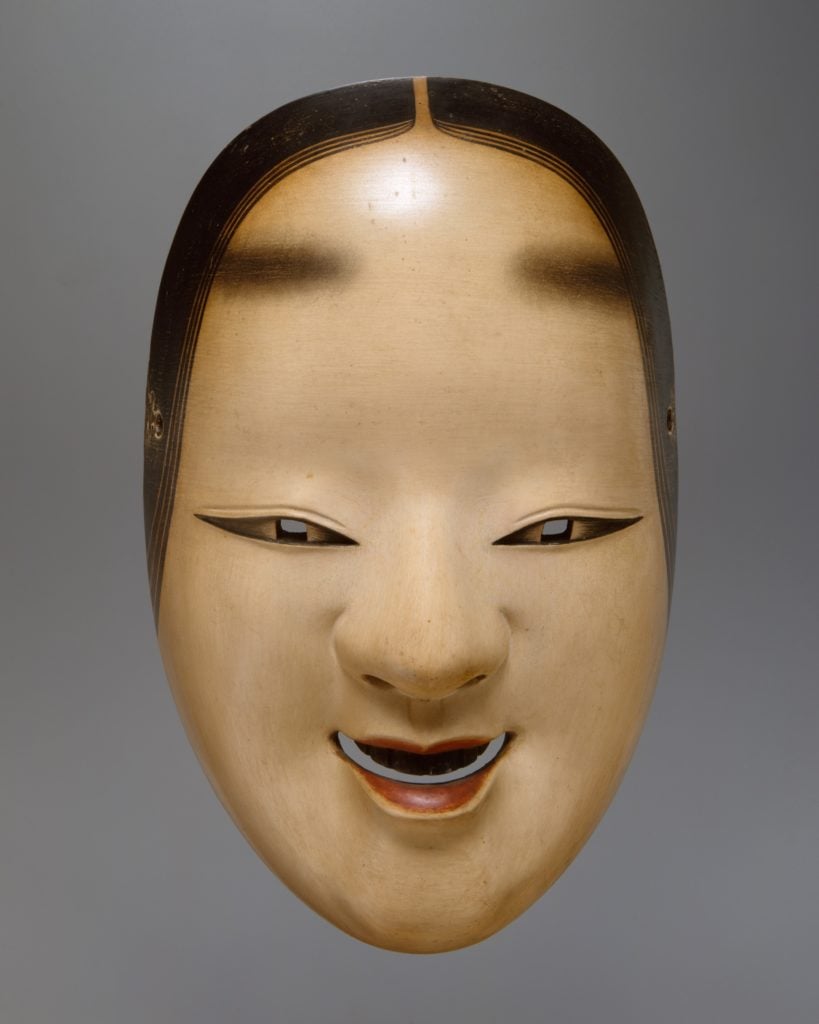
Contemporary Japanese fashion designers continue to draw inspiration from Noh kimono aesthetics, adapting traditional patterns, color relationships, and construction techniques for modern contexts. This ongoing influence demonstrates the enduring relevance of classical design principles.
International appreciation for Noh aesthetics has grown significantly, with fashion houses and textile artists worldwide incorporating elements derived from traditional Japanese theater costumes. This global interest helps ensure continued support for traditional crafts and cultural preservation.
Educational Initiatives and Cultural Exchange
University programs and cultural institutions in Kyoto offer courses that explore the intersection of textile arts, theatrical tradition, and cultural symbolism. These educational opportunities help ensure that knowledge about Noh kimono continues to circulate among new generations.
International workshops and cultural exchange programs provide opportunities for visitors to gain hands-on experience with traditional textile techniques while learning about their cultural significance. These programs foster cross-cultural understanding while supporting traditional craftsmen.
Conclusion: The Eternal Dance of Tradition and Innovation
The relationship between kimono and Noh theater in Kyoto represents one of humanity’s most sophisticated examples of how material culture can serve spiritual and artistic purposes. Through centuries of refinement, master craftsmen and performers have created a visual language that communicates across cultural and temporal boundaries while maintaining deep roots in Japanese spiritual and aesthetic traditions.
For contemporary audiences, whether local residents or international visitors, understanding the symbolism embedded in Noh kimonos enhances appreciation for both the individual art form and the broader cultural context from which it emerges. The careful observation and documentation of these traditions – whether through scholarly study, artistic practice, or professional photography – helps ensure their continued vitality.
As Kyoto continues to serve as a living repository of traditional Japanese culture, the preservation and transmission of Noh kimono knowledge remains a community responsibility that benefits from both local expertise and international interest. The city’s unique position as both guardian of tradition and center of innovation provides an ideal environment for these ancient arts to continue evolving while maintaining their essential character.
The visual symbolism of Noh theater kimonos offers viewers a window into a worldview that values subtlety, seasonal awareness, spiritual depth, and aesthetic refinement. In an increasingly connected world, these values provide important counterpoints to contemporary concerns while demonstrating the enduring power of traditional art forms to speak to universal human experiences.
Whether experienced in traditional temple settings or contemporary performance venues, photographed for cultural documentation or personal memory, or studied for academic or artistic purposes, Noh kimono continue to serve their original function: creating bridges between the material and spiritual worlds while celebrating the profound beauty possible when human creativity aligns with natural and cosmic principles.
Experience the beauty of Kyoto’s cultural heritage through professional photography services that understand and respect traditional arts. Visit AllPhoto Kyoto for expert documentation of your cultural journey.


コメント